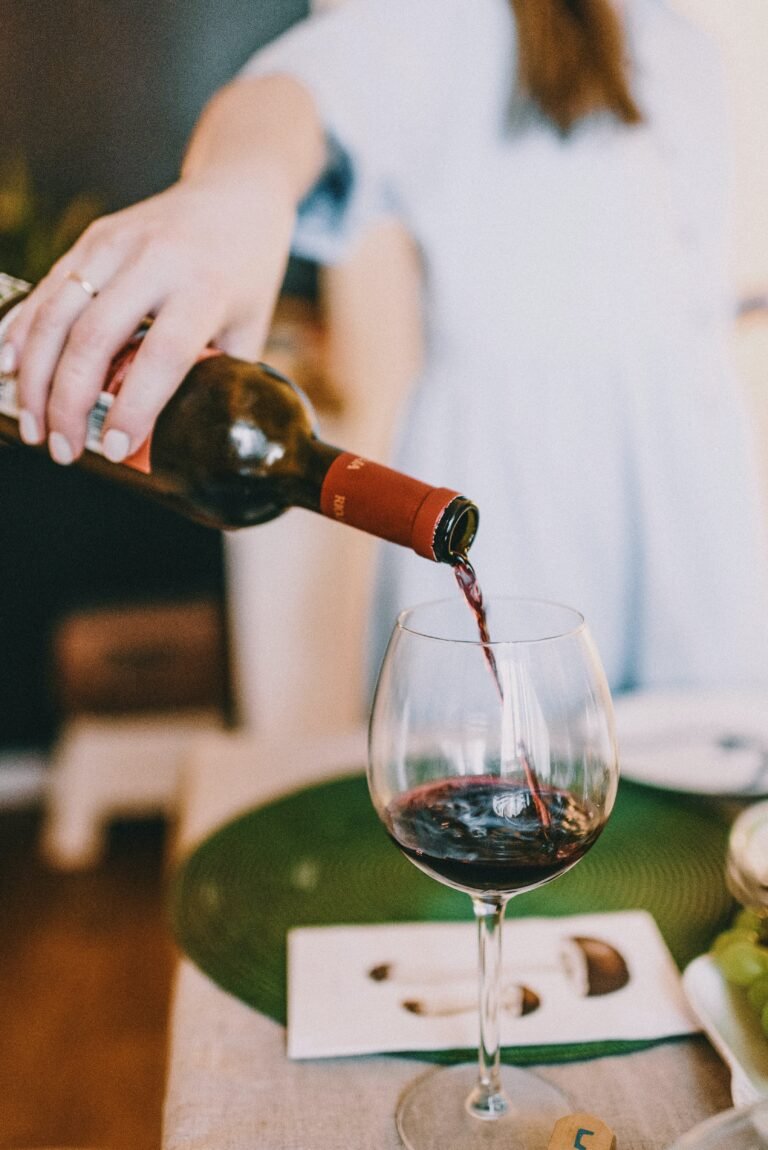Welcome, wine enthusiasts! Whether you’re a seasoned connoisseur or just beginning your journey into the world of wines, one common question that often perplexes us is, “How long does red wine last after opening?” The answer is not as straightforward as one might think, and in this exploration, we will dive into the intricacies of wine preservation, understanding the factors that influence its longevity once the cork is popped.
The Importance of Proper Wine Storage
Before we delve into the specific duration, let’s first appreciate the importance of proper wine storage. Wine is a delicate beverage that evolves over time, and how we store it can significantly impact its taste and aroma. The moment a bottle is opened, it becomes vulnerable to oxidation, a process that can turn the wine flat and dull its flavors.
Now, let’s tackle the burning question: How long can you savor the rich taste of an opened red wine?
Factors Influencing Red Wine’s Lifespan After Opening
Several factors come into play, determining the post-opening shelf life of red wine. Understanding these variables is crucial for maximizing the enjoyment of every drop:
1. Wine Variety and Style
Not all red wines age at the same pace. Light red wines like Gamay and Pinot Noir tend to have a shorter lifespan after opening compared to robust reds such as Cabernet Sauvignon and Syrah. Consider the wine style when gauging its freshness.
2. Wine Sweetness Chart
Consulting a wine sweetness chart can provide insights into the sugar content of your wine. Sweeter reds may fare better after opening due to the preservative nature of sugar, whereas dry red wines are more susceptible to oxidation.
3. Wine Storage Conditions
The way you store an opened bottle is crucial. Recorking it and refrigerating slows down oxidation, preserving the wine for a more extended period. Consider investing in a vacuum pump to extract air and further extend the freshness of your red wine.
4. Temperature and Humidity
Extreme temperatures and humidity levels can accelerate the aging process. Keep your opened red wine away from direct sunlight and fluctuating temperatures to maintain its integrity.
5. Wine Legs and Alcohol Content
Observing the legs on your wine and noting its alcohol content can also offer clues. Wines with higher alcohol content often have better aging potential, while prominent legs indicate a fuller-bodied wine that may stand the test of time.
Enjoying Wine Responsibly
Before we conclude our exploration, let’s briefly touch on other aspects of the wine world. Whether you’re into exploring white wine sweetness charts, fascinated by the diverse types of wine, or curious about wine regions like Australia and Oregon, the world of wine offers endless possibilities.
And speaking of responsibility, it’s essential to know how many glasses are in a bottle of wine and be mindful of the calorie content if you’re watching your diet. You might also be interested in the keto-friendly options available or exploring the perfect wine pairings for your favorite dishes, such as pizza or salmon.
Conclusion: Savoring the Moments
In conclusion, the duration red wine lasts after opening is a nuanced dance of science and art. By paying attention to the factors mentioned and incorporating best practices for wine storage, you can extend the enjoyment of your favorite reds. Remember, every bottle tells a unique story, and it’s up to us to savor each chapter responsibly.
So, the next time you uncork a bottle of that exquisite Albarino or Marsala wine, relish the moment, and let the rich, velvety notes transport you to the vineyards where the magic began.









